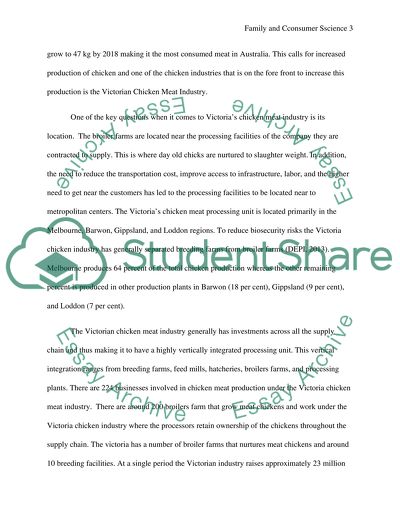Cite this document
(“Consumer Cultures, Environmental Futures Essay Example | Topics and Well Written Essays - 1750 words”, n.d.)
Consumer Cultures, Environmental Futures Essay Example | Topics and Well Written Essays - 1750 words. Retrieved from https://studentshare.org/family-consumer-science/1482801-consumer-cultures-environmental-futures
Consumer Cultures, Environmental Futures Essay Example | Topics and Well Written Essays - 1750 words. Retrieved from https://studentshare.org/family-consumer-science/1482801-consumer-cultures-environmental-futures
(Consumer Cultures, Environmental Futures Essay Example | Topics and Well Written Essays - 1750 Words)
Consumer Cultures, Environmental Futures Essay Example | Topics and Well Written Essays - 1750 Words. https://studentshare.org/family-consumer-science/1482801-consumer-cultures-environmental-futures.
Consumer Cultures, Environmental Futures Essay Example | Topics and Well Written Essays - 1750 Words. https://studentshare.org/family-consumer-science/1482801-consumer-cultures-environmental-futures.
“Consumer Cultures, Environmental Futures Essay Example | Topics and Well Written Essays - 1750 Words”, n.d. https://studentshare.org/family-consumer-science/1482801-consumer-cultures-environmental-futures.


